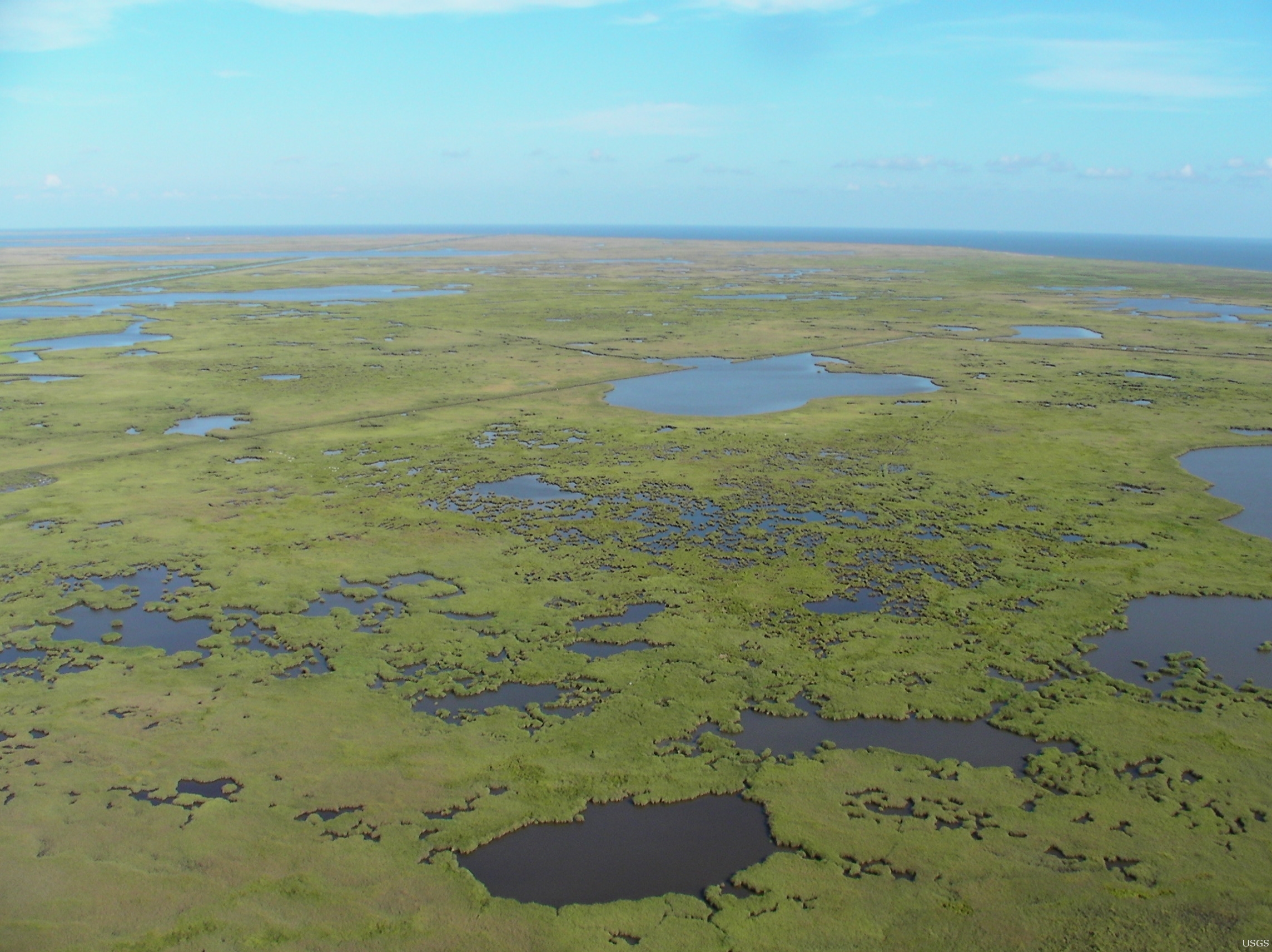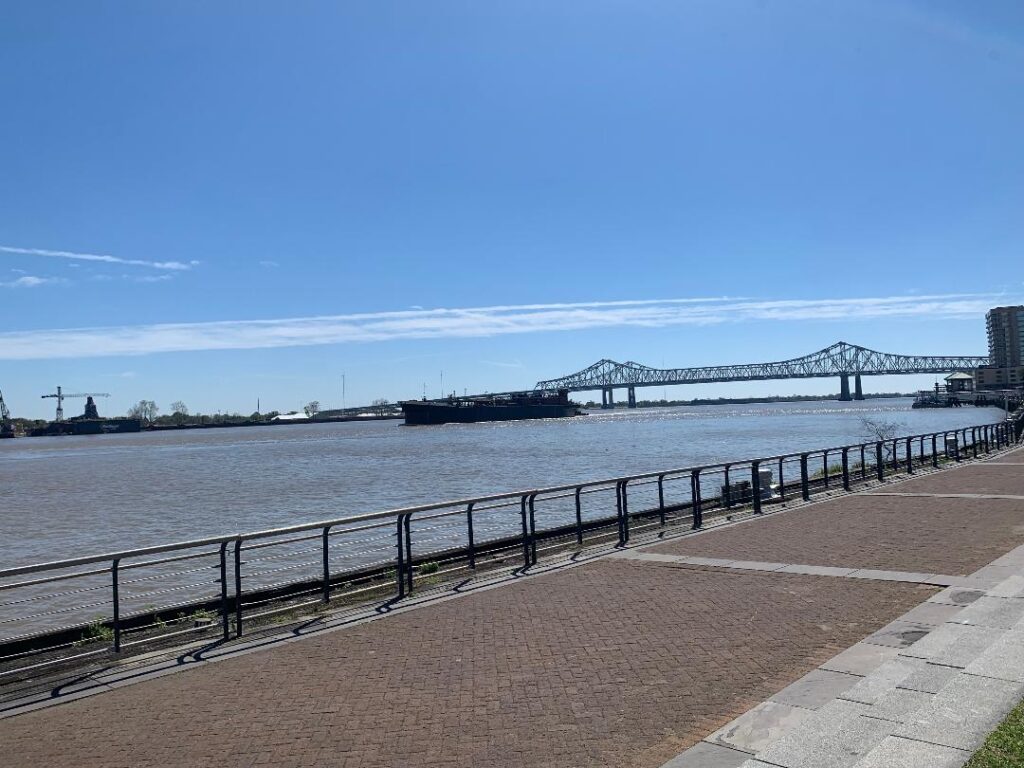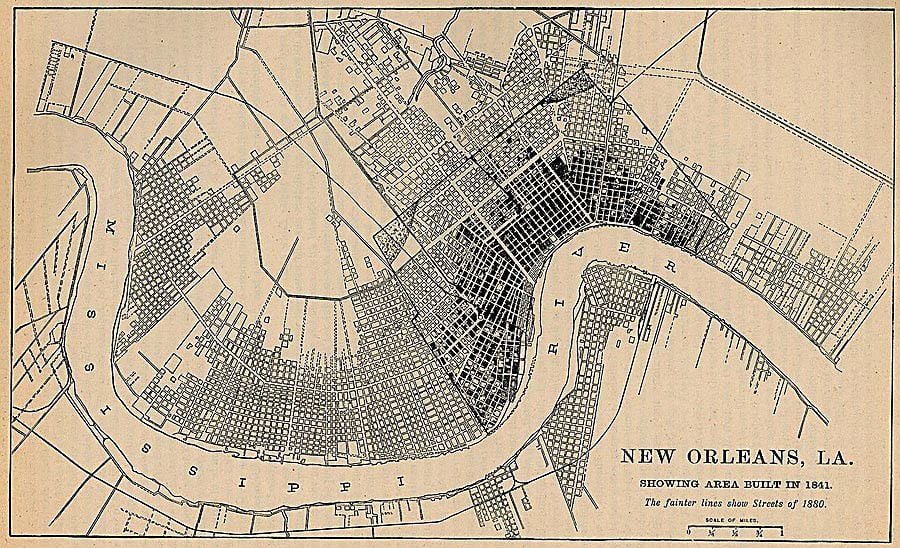“Have you ever been in New Orleans? If not you’d better go,
Colonel James R. Creecy, 1860
It’s a nation of a queer place; day and night a show!
Frenchmen, Spaniards, West Indians, Creoles, Mustees,
Yankees, Kentuckians, Tenesseans, lawyers and trustees,
Clergymen, priests, friars, nuns, women of all stains;
Negroes in purple and fine linen, and slaves in rags and chains.
Ships, arks, steamboats, robbers, pirates, alligators,
Assassins, gamblers, drunkards, and cotton speculators;
Sailors, soldiers, pretty girls, and ugly fortune-tellers;
Pimps, imps, shrimps, and all sorts of dirty fellows;
White men with black wives, et vice versa too.
A progeny of all colors – an infernal motley crew!
Yellow Fever in February – muddy streets all the year;
Many things to hope for, and a dev’lish sight to fear!”
Sailing up the Mississippi to New Orleans
Two and three hundred years ago, people sailed into New Orleans and came up the muddy mouth of the Mississippi or “Father of Waters” as it is also called because it is so big. Their ship was usually caught at the mouth and towed into the harbor at New Orleans. One such traveler was Colonel James Creecy from North Carolina whose first view of the Mississippi inspired the following:
My first impression was the vast extent of marsh: so waste, so uninhabitable, so lonely, so like the Great Desert of Sahara, in monotony and dreamy stillness. A dreary home for alligators, mud-turtles, catfish, and seabirds. The view produced a melancholy sensation at my heart, which I could not easily get rid of…for miles on both sides of the channel…were piled in wild confusion, thousands of trunks, bodies and the larger limbs of trees, bereft of foliage and bark; bleached till white as human bones on the fields of Waterloo, and looking like the skeletons of departed glories, once the majestic beauty and pride of the river in higher regions, thousands of miles away north.
Scenes in the South by Col. James R. Creecy, 1860.

That is quite a different first impression than what we experience. The desolation is palpable.
Nowadays
Nowadays we drive by car or fly in, or we may sometimes cruise in from the Gulf of Mexico. And then we walk down to the park along the Mississippi. For a lot of us, this is what our first glimpse of the mighty Mississippi looks like. I know it was mine.

The Mississippi River is 2,350 miles long. At its widest point it is over 11 miles.
Why Crescent City?
I could not have said this better myself so I just copied the whole thing.




0 Comments